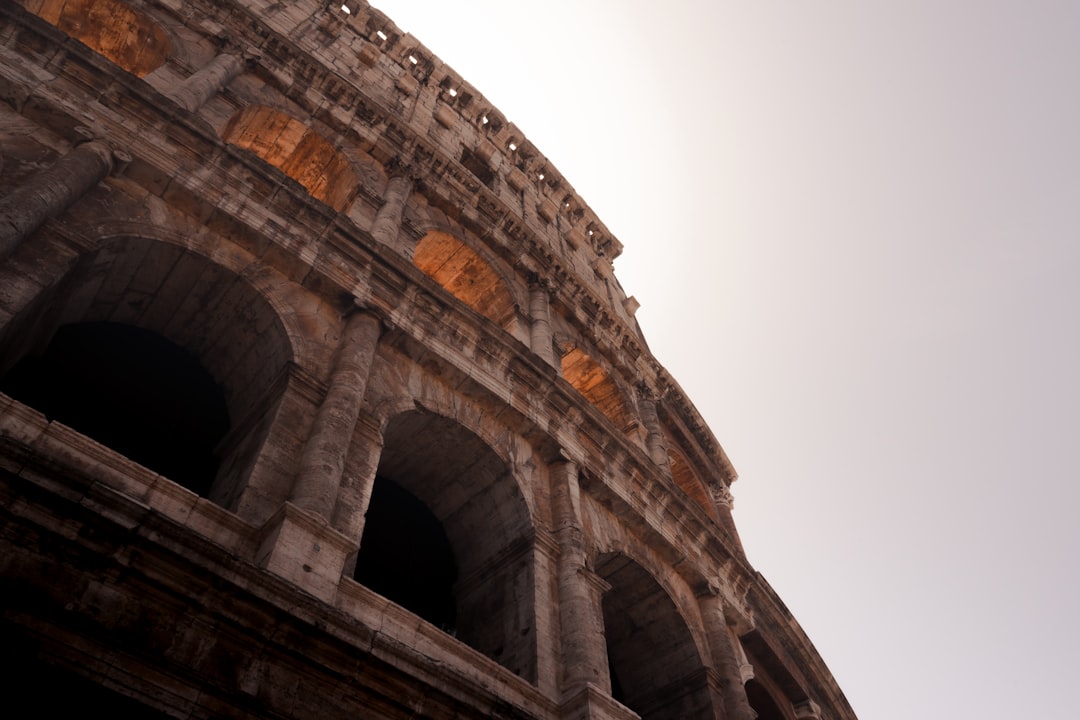
Introduction
Carthage, located in present-day Tunisia, was once the greatest rival of Ancient Rome. The two powers engaged in a series of wars known as the Punic Wars, which lasted over a century and had a profound impact on the history of the Mediterranean world. In this article, we will explore the rise and fall of Carthage, from its founding to its ultimate destruction at the hands of Rome.
Ancient Rome’s vs Carthage: An Overview
Ancient Rome, one of the most dominant empires in history, had several formidable opponents throughout its rise to power. One of the most notable was Carthage, a powerful city-state located in modern-day Tunisia. The rivalry between Rome and Carthage lasted for centuries, and the conflict between the two empires resulted in some of the most brutal battles in ancient history.
Ancient Rome and Carthage were two of the most powerful empires of the ancient world. Their rivalry lasted for over a century, and it ultimately resulted in the destruction of Carthage and the rise of Rome as the dominant power in the Mediterranean. The conflict between Rome and Carthage, known as the Punic Wars, began in 264 BCE and lasted until 146 BCE.
The two powers fought three major wars, with the second Punic War being the most famous. Led by the brilliant general Hannibal, Carthage nearly defeated Rome, but ultimately Rome emerged victorious. The wars had a significant impact on the history of both empires, with Rome becoming the undisputed superpower of the Mediterranean world and Carthage being reduced to a mere memory.
The Founding of Carthage
According to legend, Carthage was founded by the Phoenician princess Elissa, also known as Dido, in the 9th century BCE. The city quickly became a major center of trade and commerce, thanks to its strategic location on the coast of North Africa. Carthage’s economy was based on the trade of valuable goods such as silver, gold, and ivory, which it obtained through its extensive networks of trade with other Mediterranean powers.
Carthage was founded in the 9th century BCE by the Phoenicians, a seafaring people who originated in modern-day Lebanon. Over time, Carthage became a powerful trading empire, controlling much of the western Mediterranean. The city’s wealth and influence made it a major rival to Rome, which was rapidly expanding its territory in Italy and beyond.
The First Punic War
The first major conflict between Rome and Carthage occurred in 264 BCE, with the outbreak of the First Punic War. The war lasted for more than 20 years and was fought primarily at sea, with both sides vying for control of the Mediterranean. Despite suffering heavy losses, Rome emerged victorious, gaining control of Sicily and other territories previously held by Carthage.
The first Punic War, which lasted from 264 to 241 BCE, was fought between Rome and Carthage over control of Sicily. The war saw several major naval battles, most famously the Battle of Mylae, in which the Romans developed a new type of warship called the “corvus” that allowed them to board and capture Carthaginian vessels. Despite initial setbacks, the Romans eventually emerged victorious, forcing Carthage to cede control of Sicily and pay a large indemnity.
Hannibal and the Second Punic War
The Second Punic War, which began in 218 BCE, was even more devastating. This time, Carthage’s leader, Hannibal Barca, led a massive army across the Alps and into Italy, winning several major battles against the Romans. However, the tide of the war eventually turned in Rome’s favor, and in 201 BCE, the city of Carthage was forced to surrender.
The Second Punic War, fought between 218 and 201 BCE, was one of the most epic conflicts of the ancient world. The Carthaginian general Hannibal famously led his army across the Alps and into Italy, winning several decisive battles against the Romans, including the Battle of Cannae. However, he was ultimately defeated by Rome’s superior resources and strategic genius, particularly the tactics of Fabius Maximus, who refused to engage Hannibal in open battle.
The Third Punic War and Fall of Carthage
Despite this defeat, Carthage continued to be a thorn in Rome’s side for many years. The city was rebuilt, and its leaders continued to resist Roman domination. In 146 BCE, Rome launched the Third Punic War, in which they besieged and ultimately destroyed Carthage, reducing the once-great city to rubble.
The Third Punic War, fought between 149 and 146 BCE, was a brutal conflict that saw the total destruction of Carthage. The Romans, led by Scipio Aemilianus, laid siege to the city for three years, eventually breaching its walls and sacking it. The Carthaginian people were sold into slavery and the city was burned to the ground. Rome went on to dominate the Mediterranean world for centuries to come.
Legacy of Carthage
Despite its destruction, Carthage left a lasting legacy on the Mediterranean world. Its civilization was a unique blend of African and Phoenician culture, and its influence can be seen in the art, architecture, and literature of the ancient world. In addition, many of Carthage’s great generals, such as Hannibal and Hasdrubal, are still remembered as some of the most brilliant military minds in history.
The fall of Carthage marked the end of one of the greatest rivalries in ancient history. However, the legacy of this conflict lives on, with many historians citing it as a key factor in Rome’s eventual domination of the Mediterranean world. Today, the ruins of Carthage serve as a reminder of the city’s once-great power and influence, and the long-standing rivalry between Carthage and Rome remains a fascinating topic of study for historians and enthusiasts alike.
Conclusion
The rise and fall of Carthage was one of the defining conflicts of the ancient world. The Punic Wars between Rome and Carthage shaped the course of Mediterranean history and set the stage for the dominance of Rome. Although Carthage ultimately fell to Rome, its legacy lived on, influencing the development of the Mediterranean world for centuries to come.





